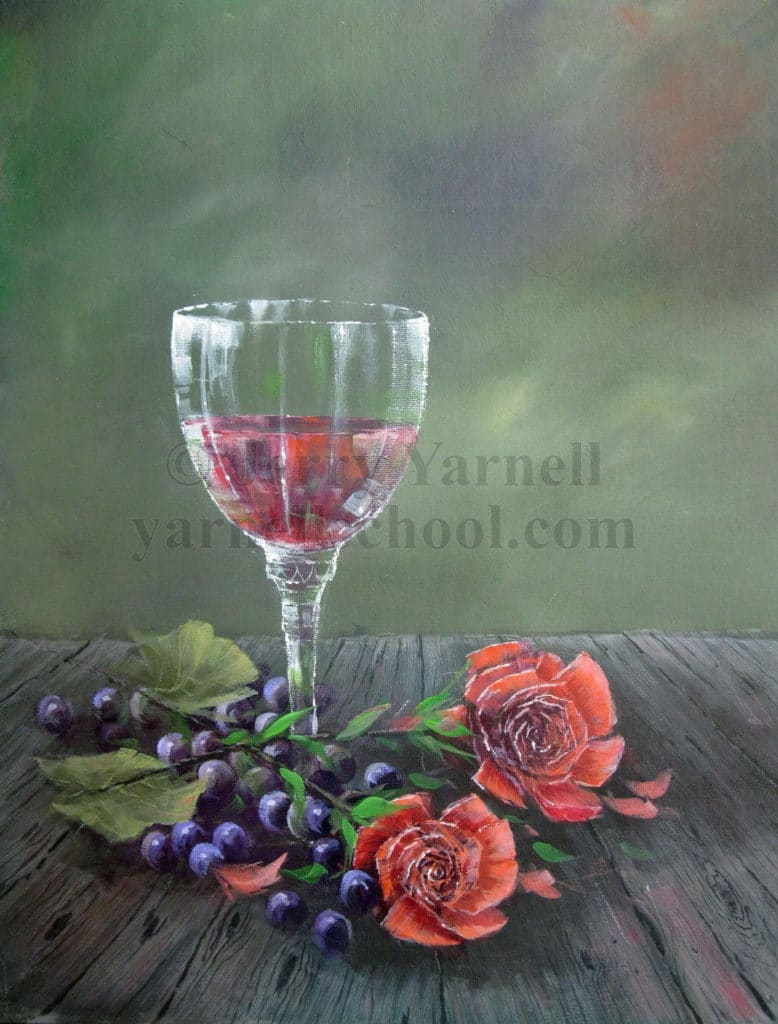
The beauty of still life lies in its versatility. You can paint anything from a simple bowl of fruit to a complex arrangement of flowers, books, and vintage items. When selecting your subject, consider what inspires you. Look for interesting shapes, colors, and textures that will draw the viewer in. Remember, the more excited you are about your subject, the more it will show in your work!
Composition is key in still life painting. Before you dive in, take a moment to arrange your objects thoughtfully. Use the rule of thirds to create balance and interest. Don’t be afraid to move things around until it feels just right! And remember, overlapping objects can create depth and lead the eye through your piece. If you’re feeling adventurous, play with different angles and perspectives to find a unique viewpoint.
Natural light is your best friend when it comes to still life painting. Try to set up your arrangement near a window or in a well-lit area. Observe how the light interacts with your objects, notice the shadows and highlights. A strong light source can add drama and dimension to your work, so don’t shy away from experimenting with different lighting conditions.
Before you commit to painting still life, take a few minutes to sketch your composition. This doesn’t have to be detailed—just enough to capture the basic shapes and placements of your objects. A quick sketch can help you visualize the final piece and save you from any major surprises down the line.
When it’s time to paint, consider starting with an underpainting in a neutral color. This can help you establish values and create a cohesive base for your colors. As you build up your layers, focus on the darkest darks and lightest lights first, then gradually add mid-tones. Don’t be afraid to let some of your underpainting show through—it can add depth and interest to your work!
Color is where the magic happens! Use a limited palette to start, focusing on primary colors and mixing your own shades. This can help you develop a better understanding of color theory and how different hues interact. Don’t forget to pay attention to the local color of your objects but also consider how light affects them. Shadows might be cooler or warmer than you expect, so be open to exploring!
One of the joys of painting still life is the freedom it brings. While it’s easy to get caught up in the details, remember that still life is about capturing the essence of your subject. Allow yourself to be loose and expressive with your brushwork. Embrace imperfections and let your personality shine through!
Painting can be an intense process, so don’t forget to take breaks. Step back from your work occasionally to gain perspective. A fresh set of eyes can help you see areas that need adjustment or inspire new ideas. Plus, it’s a great opportunity to appreciate your progress!
Like any skill, painting improves with practice. Set aside time to create regularly, and don’t be afraid to experiment. Try different subjects, styles, and techniques. Each piece you create is a step on your artistic journey, so embrace the learning process! To learn even more you should consider our snippet series on Still Life Painting taught by Jerry Yarnell. If you are a Yarnell School Online subscriber this is included in your membership!
Finally, don’t forget to share your creations! Join the Yarnell School Online subscriber Facebook community and connect with fellow artists. Sharing your work can provide valuable feedback, inspiration, and encouragement. Plus, there’s something incredibly rewarding about showcasing your art.
So, there you have it! Our top tips and tricks for painting captivating still life pieces. Remember, the most important thing is to enjoy the process and let your creativity flow. Happy painting, and we can’t wait to see what you create!
Until next time, keep those brushes moving!